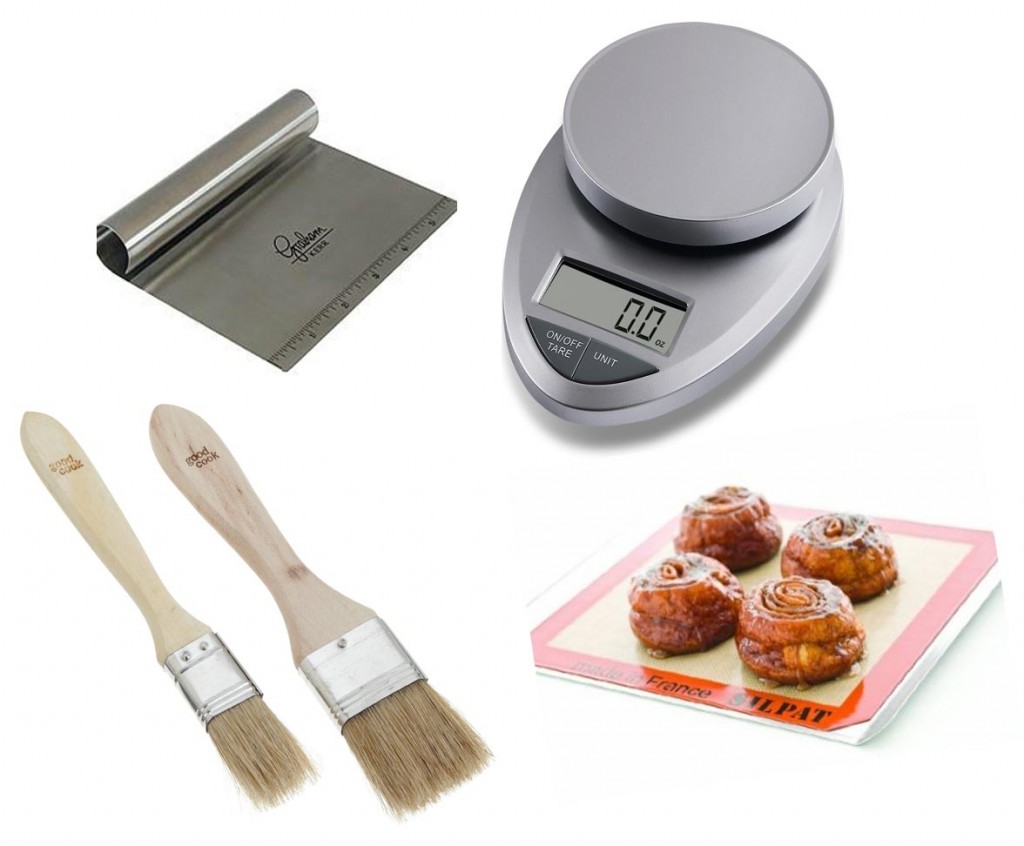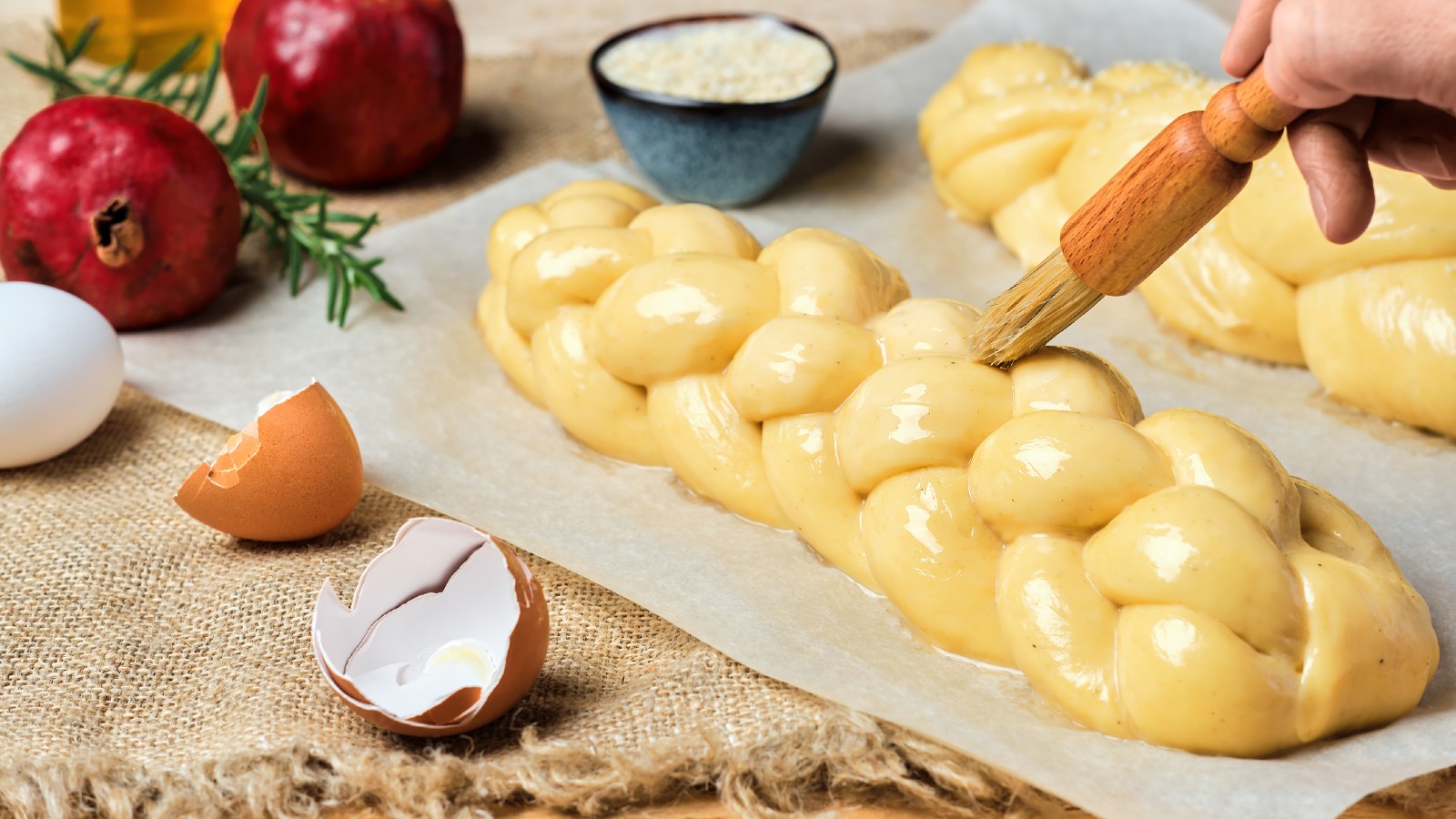People often ask for my recipe, at which point I explain it’s not the recipe itself that is the key, it’s really some of the other steps, including some of the gear that I use that makes my challah so good.
Some of my tips?
Feed Your Yeast
Make sure to add 1 tsp sugar to your yeast and lukewarm water mixture to help move it along, thus “feeding your yeast.” When the yeast-water mixture is foamy and bubbling on top you will know its ready.
Double the Rise
Always let your challah rise twice! Let it rise once for 2-4 hours, punching down as needed. Then braid your challah and let it rise again before baking for a super fluffy result.
The Nosher celebrates the traditions and recipes that have brought Jews together for centuries. Donate today to keep The Nosher's stories and recipes accessible to all.
Don’t Add Too Much Flour
It may seem counterintuitive, but you want to add the least amount of flour possible into your challah dough in order to achieve the fluffiest result. Once your dough has formed into a ball, knead for a few more minutes — but don’t add too much flour as you finish mixing. The dough may seem not quiet firm enough, but after it bakes you will be delighted by how light and fluffy it turns out.
Invest in Kitchen Tools

My dear friend Danielle, a trained pastry chef, was always telling me I NEEDED a scale. She was right. A digital scale for baking is essential and I don’t know how I ever survived without it. I am not good at eyeballing dough to ensure there’s the same amount in each strand, each loaf, or each roll when I make individual challah rolls; measuring my dough ensures more even distribution and a better looking loaf!
A silpat, although perhaps a pricey investment since I recommend buying two, is well worth the upfront cost. You know when the bottom of your bread gets slightly burned but the inside and top is perfect? A silpat will make sure that doesn’t happen. And you can use it for much more than challah — it’s ideal for cookies as well.
My next suggestion has many applications beyond just challah — a dough scraper is a great tool to have for baking in general. I love using the scraper to cut my challah dough into clean pieces as I am dividing it up. And perhaps even more exciting than cutting is how easy a scraper makes clean-up, since you can use it to collect all the bits of dough and flour off your counter or work surface.
Lastly, I recommend a good non-silicone pastry brush in order to apply your egg wash ( I prefer them to the silicone variety. I also use pastry brushes like these when making scones, pies and a variety of cookies.
Hungry for challah? Check out some of our favorite recipes, from savory za’atar challah to churros challah.




